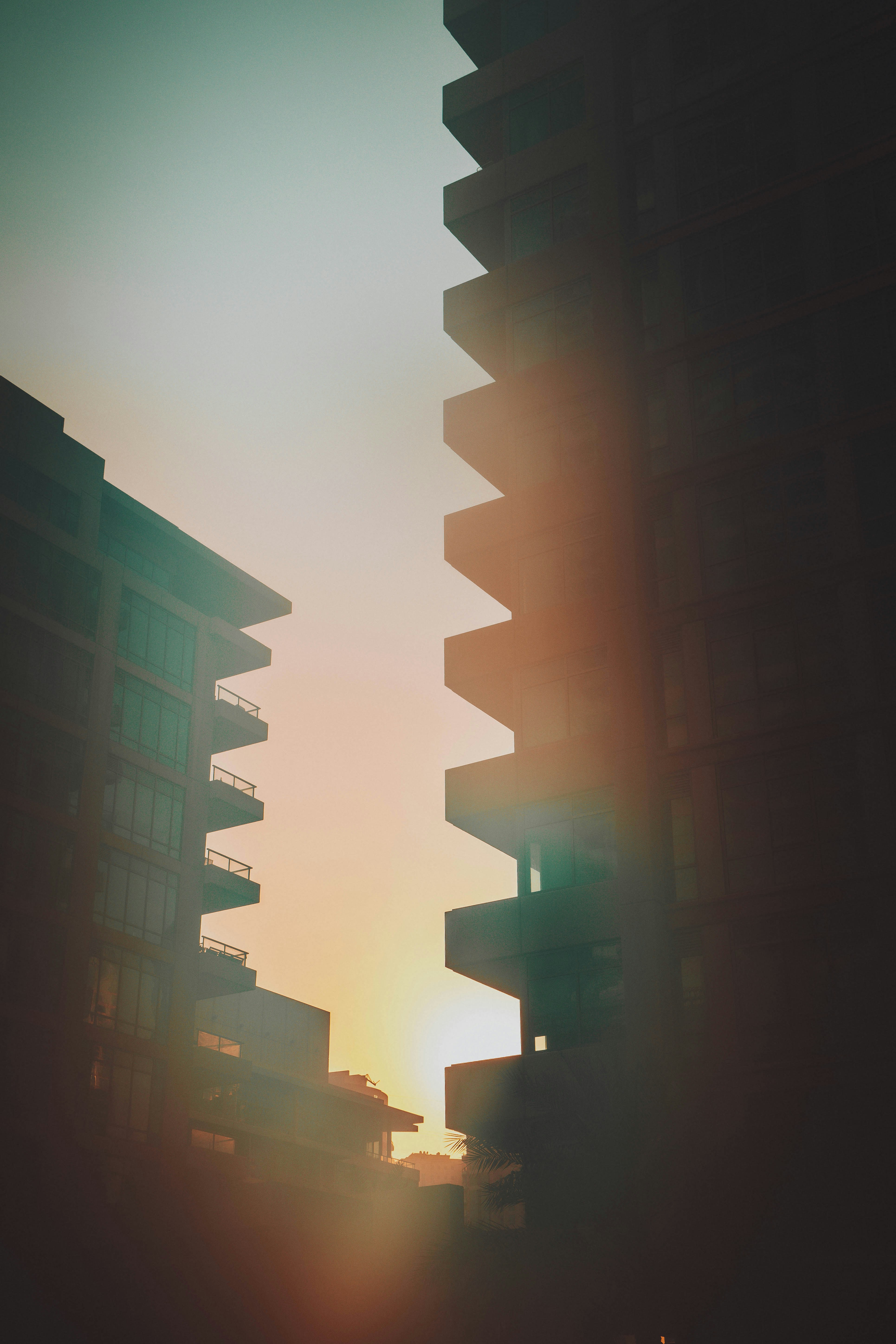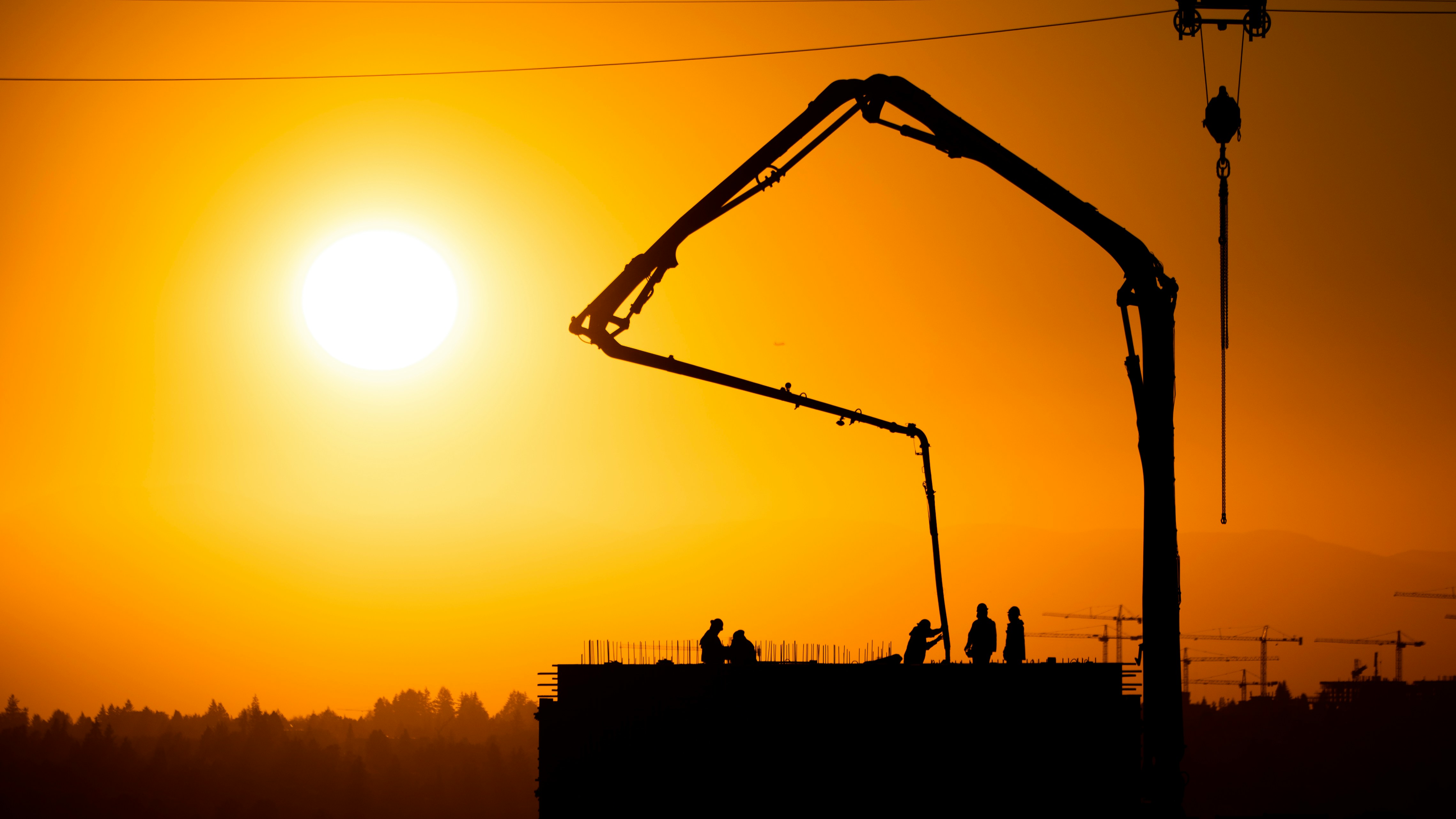What’s Happening
See how extreme heat patterns are intensifying and what makes some areas hotter than others.
Learn more →Climate Justice
Around the world, rising temperatures expose a deeper inequality. From New York to São Paulo, the people most vulnerable to heat are often those who contributed least to the crisis.
Explore the issue ↓
Climate injustice means the unequal distribution of both harm and help. Marginalized communities—often Black, Indigenous, immigrant, or low-income—face higher exposure to pollution, flooding, and extreme heat, while having fewer resources to adapt or recover.
It’s not just about geography—it’s about power. Centuries of discriminatory policies, like redlining or uneven infrastructure investment, have created “heat islands” where temperatures can be up to 7°F hotter than wealthier, greener areas just blocks away.
Climate injustice exposes how deeply social systems and environmental systems overlap. Who gets clean air, shade, or safe housing has never been random—it’s designed into the landscape.
Heat is the deadliest weather hazard—but it’s often invisible. Unlike hurricanes or wildfires, heat doesn’t leave behind dramatic images. Instead, it quietly strains hearts, lungs, and city infrastructures.
Outdoor workers endure 10-hour shifts on asphalt that radiates 140°F. Renters in older buildings spend nights without air conditioning, while delivery riders, construction crews, and street vendors work through peak temperatures.
The rise in global temperatures is more than a statistic—it’s a story of who can cool off, and who cannot. “Heat Justice Now” exists to spotlight those stories and show that protecting people from heat is protecting their right to live and work safely.

See how extreme heat patterns are intensifying and what makes some areas hotter than others.
Learn more →Meet the workers, tenants, and neighborhoods bearing the brunt of rising heat.
Read stories →Join local organizations, push for change, and protect your community.
Get involved →